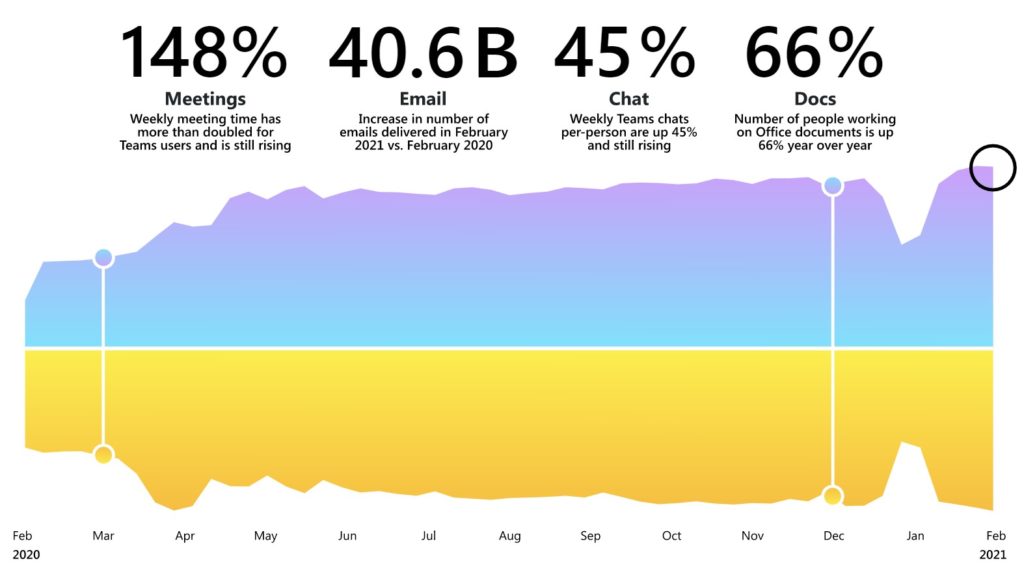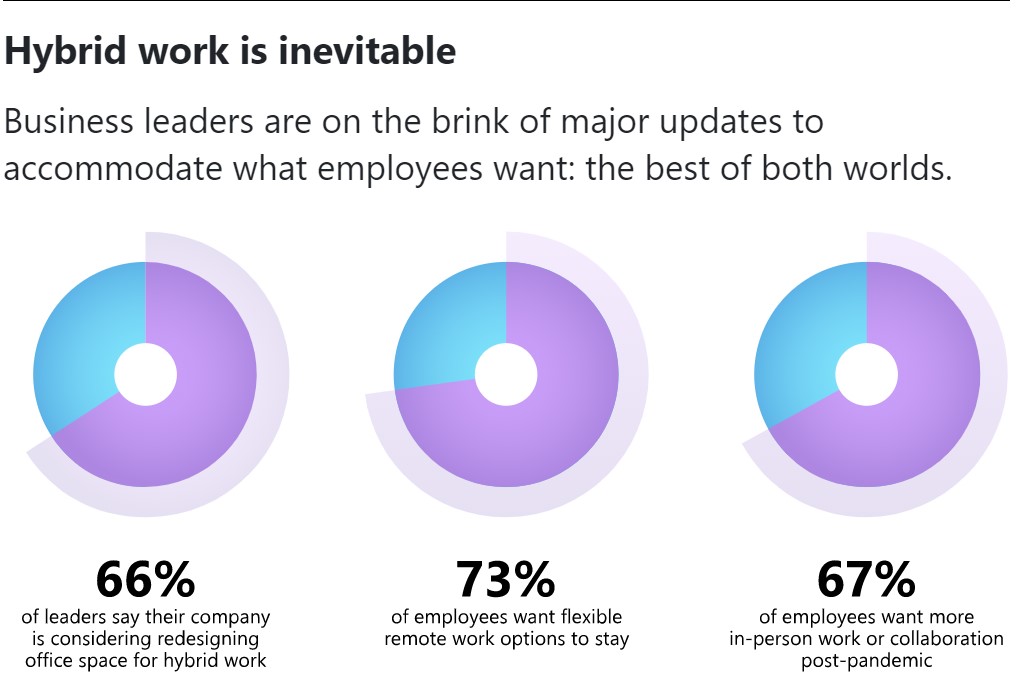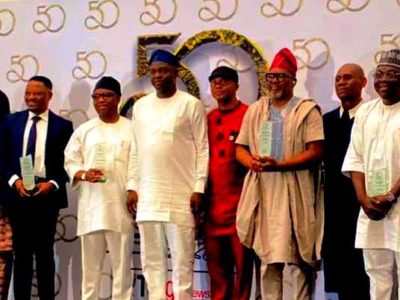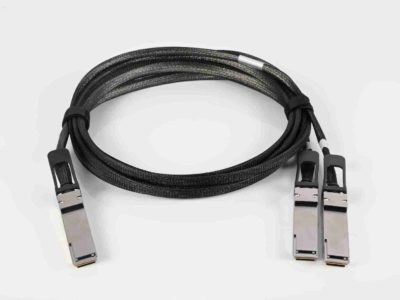Time spent in meetings has more than doubled globally and over 40 billion more emails were delivered in the month of February of 2021 compared to 2020 and work has become more human. These are some of the findings from Microsoft’s first-annual Work Trend Index.
The findings concluded that the COVID-19 pandemic has fundamentally altered the nature of work and business leaders need to urgently get acquainted with disruptive trends as they shape the next phase of work.
Titled “The Next Great Disruption is Hybrid Work – Are We Ready?” the report uncovers seven hybrid work trends every business leader needs to know as we enter this new era of work.

The report indicates that business leaders should resist the urge to see hybrid work as business as usual. It will require the rethinking of long-held assumptions.
“The choices you make today will impact your organization for years to come. It’s a moment that requires clear vision and a growth mindset,” says Jared Spataro, Corporate Vice President for Microsoft 365. “These decisions will impact everything from how you shape culture, to how you attract and retain talent, to how you can better foster collaboration and innovation.”

The findings suggest that this last year has fundamentally changed the nature of work:
- Collaboration trends in Microsoft Teams and Outlook suggest our networks have contracted but hybrid work will revive them.
- Time spent in meetings has more than doubled globally and over 40 billion more emails were delivered in the month of February of this year compared to last.
- Work has become more human. Nearly 40% say they feel more comfortable bringing their full selves to work than before the pandemic and one in six have cried with a colleague this year.
It also shows that we are on the cusp of a workplace disruption:
- 73 percent of workers surveyed want flexible remote work options to continue.
- Remote job postings on LinkedIn increased more than 5X during the pandemic.
- Over 40% of the global workforce is considering leaving their employer this year
- and 46% are planning to move now that they can work remotely.
In short, addressing flexible work will impact who stays, who goes, and who joins a company. To help organizations through the transition, the 2021 Work Trend Index outlines findings from a study of more than 30,000 people in 31 countries and analyses trillions of aggregate productivity and labor signals across Microsoft 365 and LinkedIn. It also includes perspectives from experts who have studied collaboration, social capital, and space design at work for decades.
The report uncovers seven hybrid work trends every business leader needs to know as we enter this new era of work:
- Flexible work is here to stay
- Leaders are out of touch with employees and need a wake-up call
- High productivity is masking an exhausted workforce
- Gen Z is at risk and will need to be re-energized
- Shrinking networks are endangering innovation
- Authenticity will spur productivity and wellbeing
- Talent is everywhere in a hybrid work world
In addition to uncovering what’s at stake with the future of work, the Work Trend Index identifies five strategies for business leaders as they begin to make the necessary shift:
- Create a plan to empower people for extreme flexibility
- Invest in space and technology to bridge the physical and digital worlds
- Combat digital exhaustion from the top
- Prioritize rebuilding social capital and culture
- Rethink employee experience to compete for the best and most diverse talent
To view the full findings, visit Microsoft’s Worklab, a digital publication about the future of work.
































